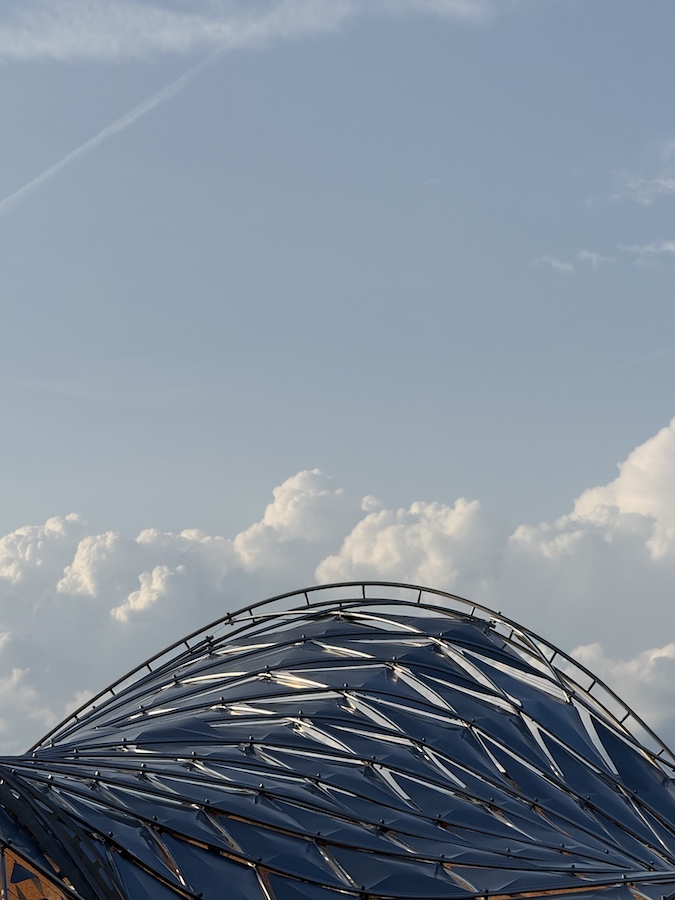
Piesces’i net blends East and Westii
A thousand bridges of mystery rest
Waves of Plato precession plannediii
San Marco’s bones, civic commandiv
Flying lions,v keystone’d archesvi
Third columns sleep,vii fifth on marchesviii
Rectangular matter, circular spirit
Aquarius computes, ages merit
A thousand bridges, pisces’ netix
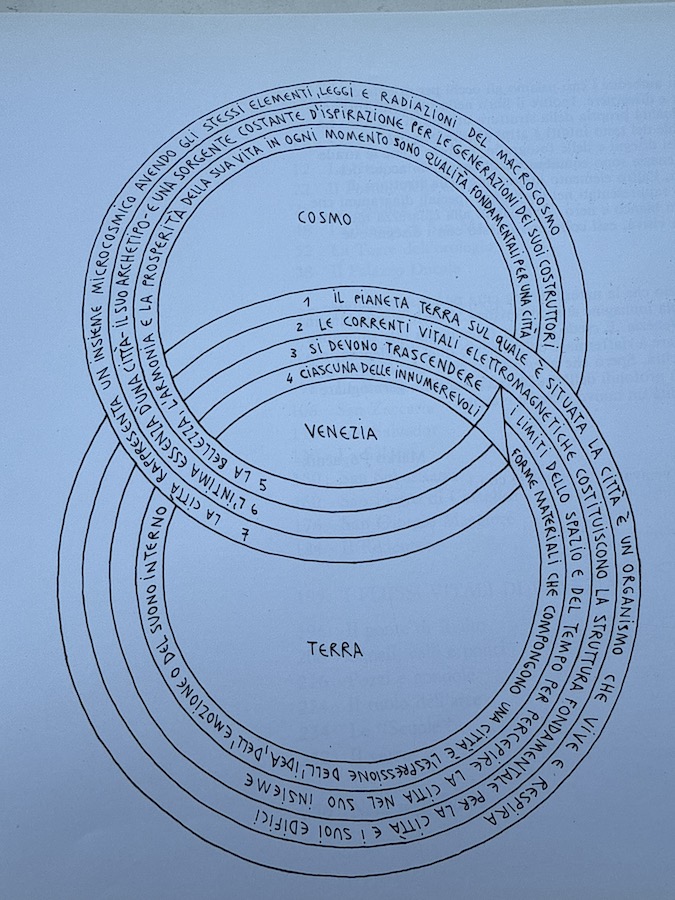
- Venice was the peak Western city in the Age of Pisces, carrying the torch between the bloody Age of Aries and our current Age of Aquarius:
Age of Aries (~2000 BC–0): Ram, fire, blood, sacrifice, assertion → embodied by Rome
Age of Pisces (~0–2000): Fish, water, mystery, compassion, duality, ritual → embodied by Venice
Age of Aquarius (~2000–4000): Water-bearer, air, electricity, networks, systems, protocols → embodied by Singapore and San Francisco
-
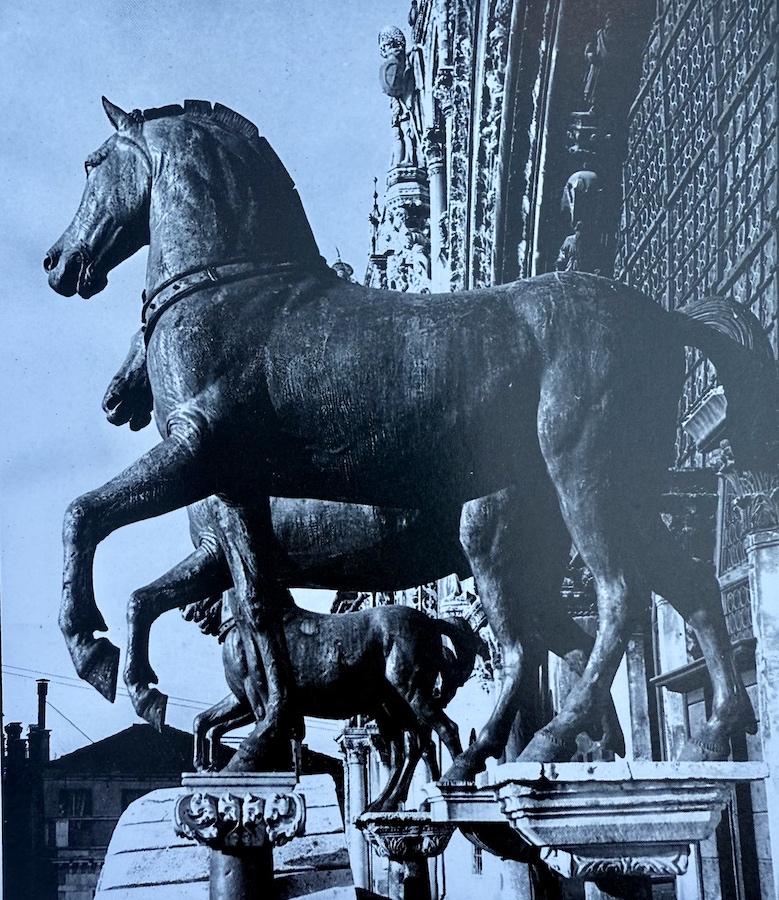
Here stand four bronze horses, a Greek work of the 4th century BC.
What connection can an equestrian group have at the dominant point of a façade otherwise clothed in Christian imagery?
Memories resurface, tied to Greek mythology, of Helios, god of the Sun, whose chariot crosses the sky drawn by four horses—personifications of the four cosmic elements: fire, water, air, and earth—which guide the entire universe through its evolutionary cycles.
The four horses remind us that San Marco is not only, strictly speaking, a Christian church, but also a universal temple, valid in every age, in which humanity recognizes itself as part of the universe, in the deepest essence of its being.
via Percorso Segreto Attraverso Venezia by Marko Pogačnik, fotografie di Bojan Brecelj, published by Carucci 1986. ↩
- There are 12 platonic / hipparchan / zodiacal ages each of ~2`160 years. ↩
-
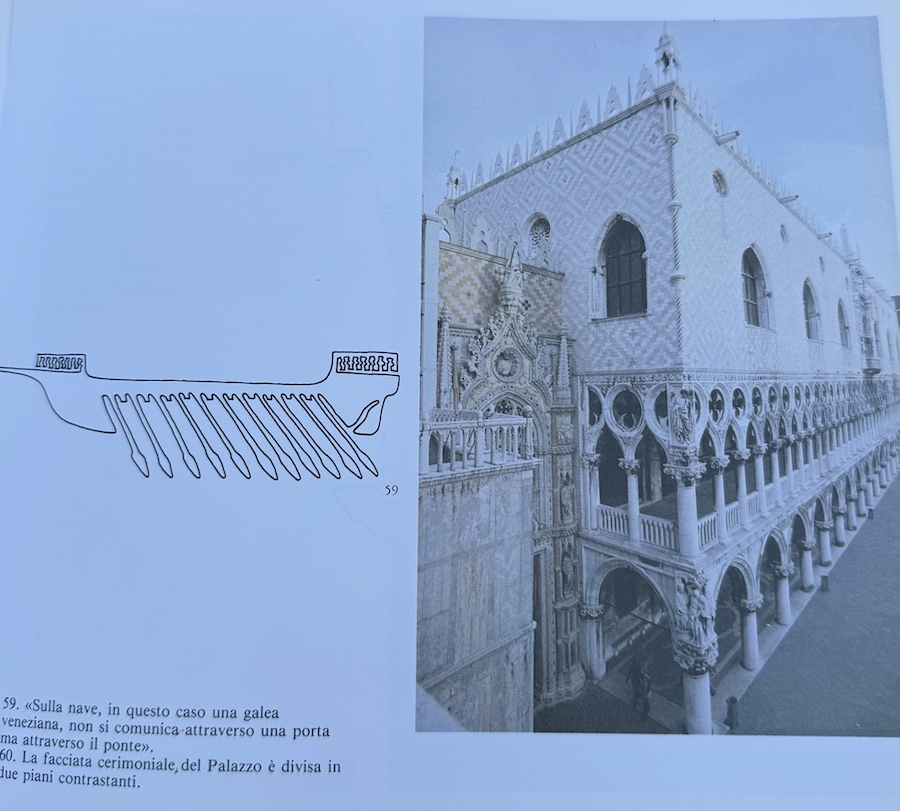
In place of portals, both façades feature a balcony. The central position and rich sculptural decorations indicate that from there the Palace communicates with the external environment, and, as on a ship—in this case a Venetian galley—communication does not occur through the door but through the bridge.
Thus, from the Doge’s Palace, communication takes place through two balconies. The Doge, standing on one of them, was truly on the bridge of the ship.This architectural structure of the Palace corresponded to its function as the guiding center of the Venetian Republic. It was here that its oligarchy, together with the Doge, decided how to govern, administer, and defend their “state of water,” or, to use a metaphor, how to steer the Venetian ship through the stormy sea of history.
-
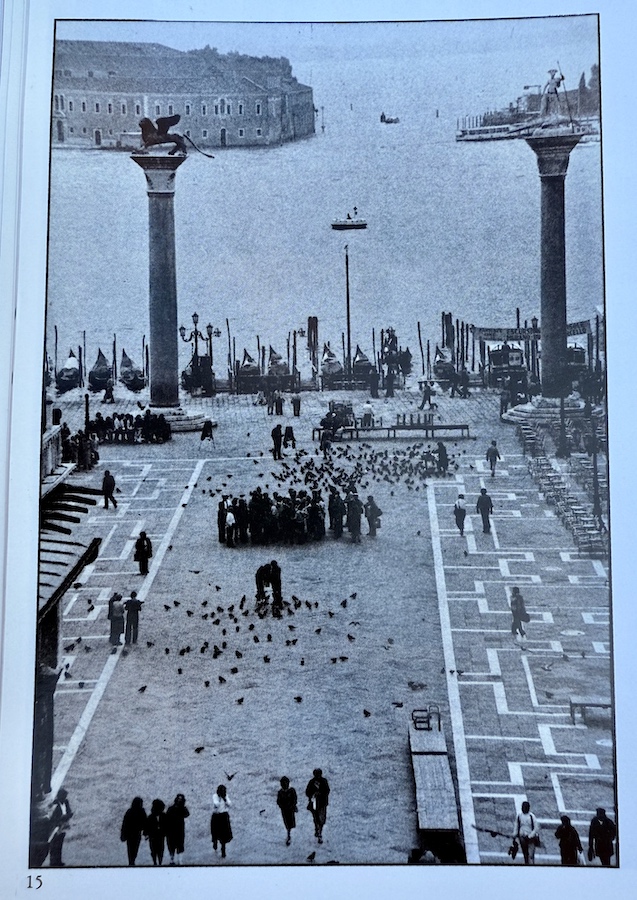
The lion seems to soar into the air, its wings representing the cosmic energies which, with rapid vibrations, tend upward. Its tail sways gracefully, ending in a tuft of flame.
Creation on our planet takes place through the union of two entities: spirit and matter. Their symbols, confronting each other on the columns of the Gate of Venice, announce that we are about to enter a city where earthly forces and cosmic forces coexist and together create.
-
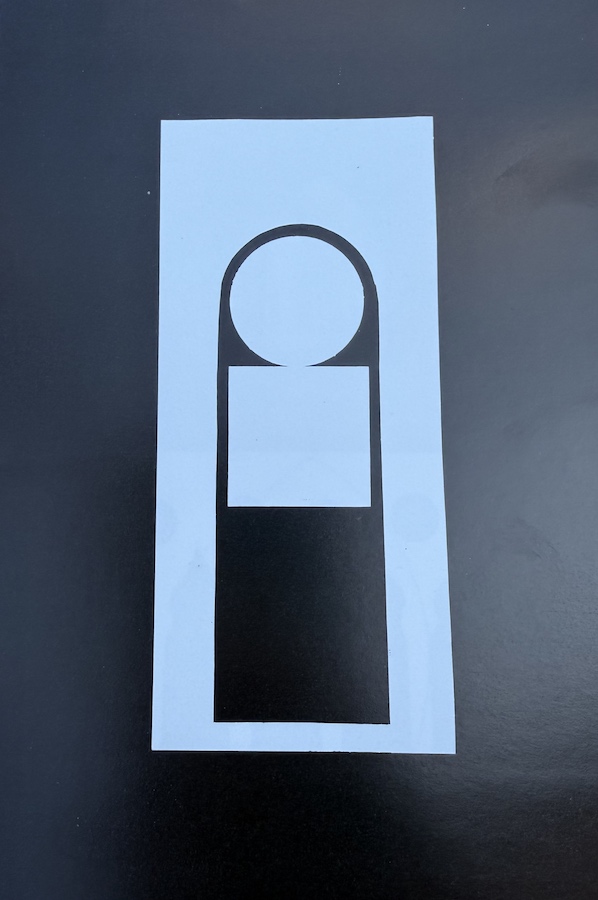
A key identifying element of the Romanesque style is the arch placed above a rectangular opening. If, in the universal language of forms, the circle represents the “lightness” of the spirit, the rectangle corresponds to the “hardness” of matter.
Above is the circle of the spiritual world, which, opening toward what lies below—the rectangle—forms a semicircle. Below, on the contrary, its material opposite stretches upward to form a tall and narrow rectangle with a practical function: doors, windows, corridors.
Thus the two forms together suggest a dynamic: it is as if the arch descended toward matter, immobile and heavy, to infuse it with the noble flow of spirit.
The Romanesque expresses an era of early Christianity, the moment in which there dominates the sense that spiritual force had penetrated into the material world, transforming the earth.
These were times of religious enthusiasm and of the Crusades: hence the characteristic figure of the Romanesque is the rectangle surmounted by the arch of the spirit.
-
In contrast to the celestial nature of the four horses and their symbol, the Basin, purely terrestrial, signifies the constant changes of everyday life.
The expanse of water before us seems to conceal a secret: the third column of the city’s Portal, swallowed by the sea during its unloading.
It represents the essence of Venice—Venetia—immersed in the subconscious of its inhabitants. - Is Norman Foster x Porsche at Biennale Archittetura di Venezia 2025 not the fifth column? The piece, entitled Gateway to Venice’s Waterways is located at the Arsenale and I gazed across it for hours as I sat in the shade sipping spritz and composing this poem. The 1950s had Rothko spreading western values, we have this:
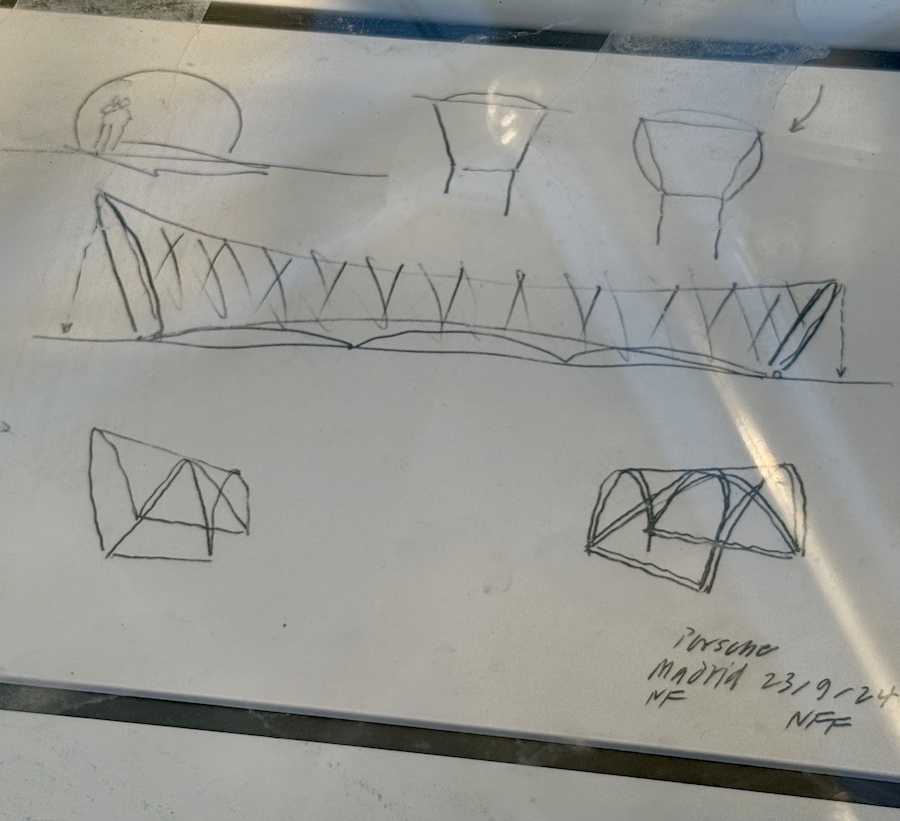
-
1) The planet Earth, upon which the city is situated, is itself an organism that lives and breathes.
2) The vital electromagnetic currents constitute the fundamental structure of the city and its buildings.
3) One must transcend the limits of space and time in order to perceive the city as a whole.
4) Each of the innumerable material forms that compose a city is the expression of an idea, an emotion, or an inner sound.
5) The beauty, harmony, and prosperity of its life at every moment are fundamental qualities of a city.
6) The innermost essence of a city—its archetype—is a constant source of inspiration for the generations of its builders.
7) A city represents a microcosmic whole, having within itself the same elements, laws, and radiations as the macrocosm.
